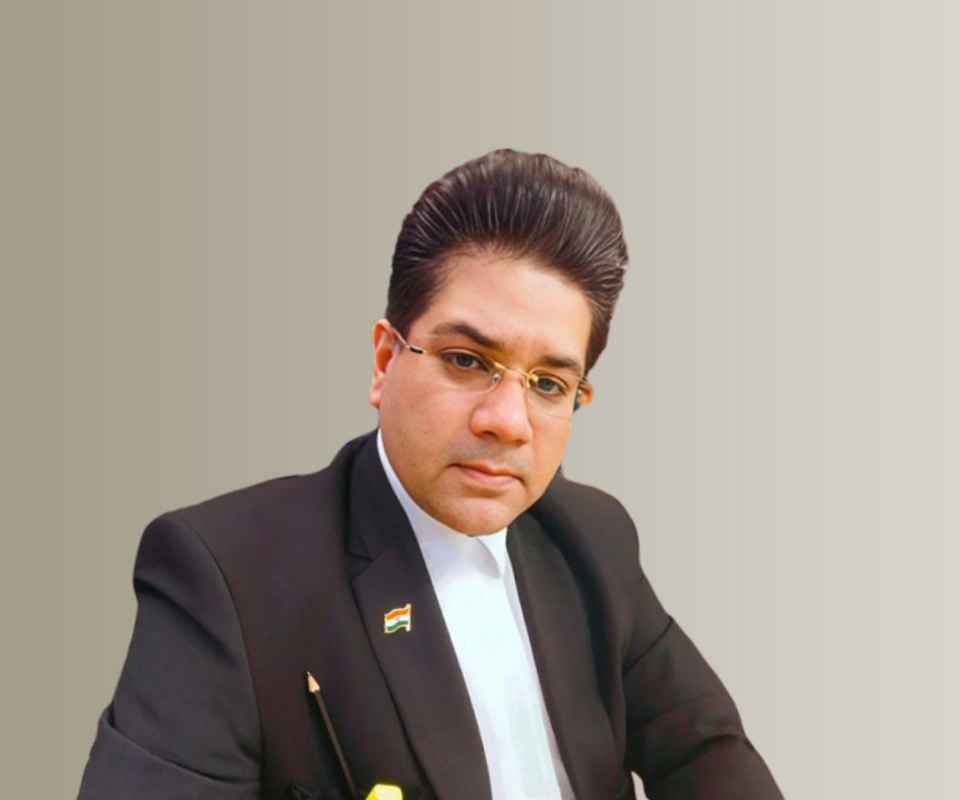Answer By law4u team
In India, if a person or entity wishes to oppose a trademark application after it has been published in the Trademark Journal, they can do so through a formal procedure known as opposition. The procedure is governed by the Trade Marks Act, 1999, and the Trade Marks Rules, 2017. Here’s the step-by-step procedure to oppose a trademark application: 1. Examine the Trademark Application: Once a trademark application is filed and accepted, it is published in the Trademark Journal for a period of 4 months. During this time, any third party can oppose the application if they believe that the trademark conflicts with their own rights or interests. The Trademark Journal is available online on the official website of the Office of the Controller General of Patents, Designs and Trademarks. 2. Grounds for Opposition: The opponent (person or entity opposing the application) must have a legitimate interest in the opposition. The grounds for opposition could include: The trademark is deceptively similar to an existing registered trademark. The trademark is descriptive or lacks distinctiveness. The trademark is likely to cause confusion with a well-known trademark. The trademark is generic, or the applicant is not entitled to use the mark under the law. The trademark application is in violation of provisions under the Trade Marks Act (e.g., public order, morality, deceptive nature). The applicant has made false claims regarding the trademark’s use. 3. Filing the Opposition: The opposition must be filed in writing with the Registrar of Trademarks. The opposition must be filed on the official form TM-O, which is available on the IP India website. The opponent must specify the grounds on which the opposition is based and provide evidence to support the claim. 4. Time Limit for Opposition: The opposition must be filed within 4 months from the date of publication of the trademark application in the Trademark Journal. If the opposition is not filed within this time frame, the opponent loses the right to oppose the application. 5. Fee for Filing Opposition: The prescribed fee for filing a trademark opposition is Rs. 3,000 for individuals and Rs. 9,000 for others (like companies, firms, or organizations). The fee is paid online through the IP India website. 6. Response from Applicant: After the opposition is filed, the trademark applicant has 2 months from the date of receipt of the opposition notice to file a counterstatement. The counterstatement is the applicant’s formal response to the opposition, where they can refute the grounds for opposition. If the applicant fails to file the counterstatement within this period, the application is deemed to be abandoned. 7. Evidence Submission: If the counterstatement is filed, both the opponent and the applicant are required to submit evidence supporting their respective claims. The opponent must submit their evidence in support of the opposition within 2 months from the date of the counterstatement. The applicant will then have an opportunity to submit their evidence in reply within 2 months after receiving the opponent’s evidence. 8. Hearing: Once the evidence is submitted, the Registrar may conduct a hearing for both parties if the opposition is not resolved at this stage. During the hearing, both the opponent and the applicant are given a chance to present their case. The Registrar may allow the parties to submit written submissions after the hearing. 9. Decision: After considering the arguments, evidence, and submissions from both parties, the Registrar of Trademarks will issue a decision on the opposition. The Registrar may: Accept the trademark application if the opposition is found to be without merit. Reject the trademark application if the opposition is upheld. Dismiss the opposition on procedural grounds. The decision is communicated to both parties. 10. Appeal: If either party is dissatisfied with the decision, they can file an appeal before the Intellectual Property Appellate Board (IPAB) within 3 months from the date of the decision. The appeal can be based on the grounds that the decision was legally incorrect or unjustified. Conclusion: The procedure to oppose a trademark application in India involves filing a formal opposition within 4 months of its publication in the Trademark Journal. The opposition must be supported by evidence and filed using the prescribed form TM-O. After the submission of evidence and a hearing, the Registrar will issue a decision. If either party disagrees with the decision, an appeal can be filed with the IPAB.









